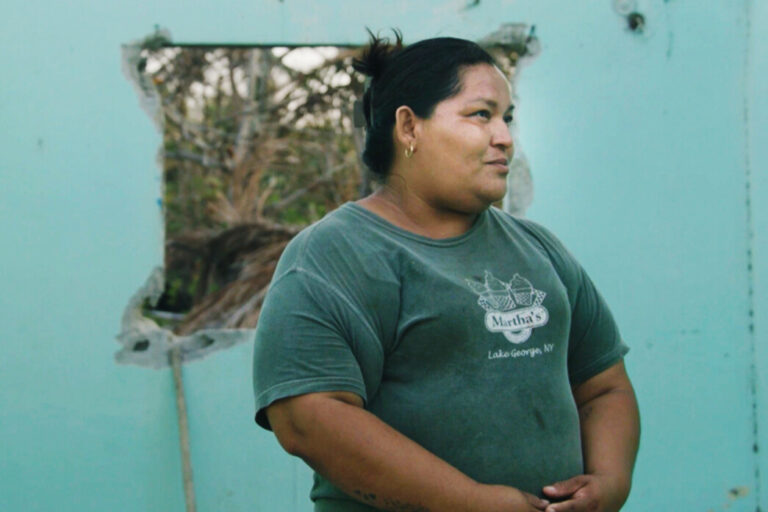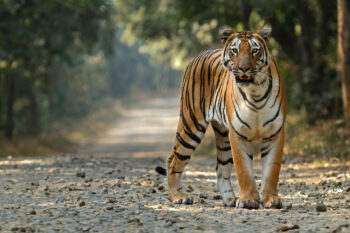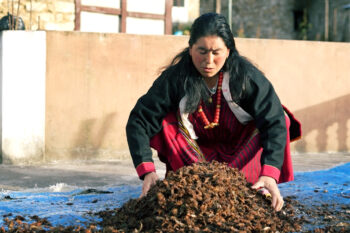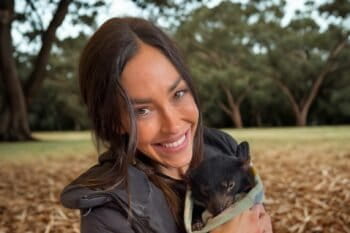Camera traps bring you closer to the secretive natural world and are an important conservation tool to study wildlife. This week we’re meeting the white-faced capuchin.
White-faced capuchins have distinctive markings that distinguish them from other capuchin monkeys. They have a black body with a white upper chest and shoulders, and a white face with a black cap on top of their head which is said to give these monkeys their name as it resembles the hood of capuchin monks. White-faced capuchins live from northern Colombia to Belize; via Panama, Costa Rica, and Nicaragua. They are highly social and live in groups of 15 individuals on average with one adult male leading the troop. The group spends most of their time traveling and foraging; they will try to eat almost anything once and learn through trial and error about what food is edible or desirable. When eating fruit, they will first smell, bite, or squeeze it to make sure it’s ripe.
The white-faced capuchin is classified as Least Concern on the IUCN. Its main pressure is habitat degradation and deforestation that reduce their suitable habitat. They are also hunted for food and kept as pets which is very dangerous as white-faced capuchins can be carriers of various diseases, such as malaria, that can be transmitted to humans. Watch the video to learn more about this species!
Special thanks to Osa Conservation for sharing their footage with us. The videos were obtained during an arboreal camera trap study looking at habitat connectivity and arboreal wildlife use in the Osa Peninsula, Costa Rica. You can follow their work on social media @osaconservation.
Review questions for educators
- How do white-faced capuchins learn what they can and can’t eat?
- How did white-faced capuchins get their name?
- What is an omnivore?
Banner photo by Rhett A. Butler
Romi Castagnino is Mongabay’s bilingual writer. Find her on Twitter and Instagram: @romi_castagnino
Transcript
Notice: Transcripts are machine and human generated and lightly edited for accuracy. They may contain errors.A transcript has not been created for this video.


















